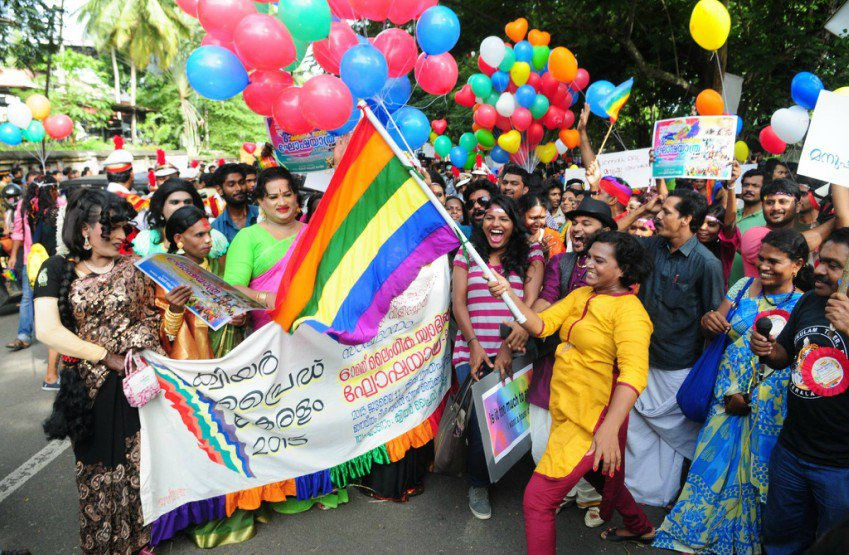The Parade To Equality
- connect2783
- Feb 3, 2023
- 2 min read
Updated: Jun 5, 2025
Delhi’s 13th Pride Parade brought thousands together in a march for inclusion and a celebration of diversity. Yet beyond the colourful marches, how inclusive are Indian cities in practice? From Chennai’s pioneering steps to Kerala’s progressive policies, the push for LGBTQIA+ inclusion is gaining ground. As new indices shed light on workplace equality and urban inclusivity, are cities keeping pace with evolving societal expectations?

Earlier this year, Delhi celebrated its 13th Pride Parade on 8th January. The parade was attended by approximately 12,000-15,000 people.
In 2021, a report published by Ipsos on LGBT+ pride noted that about 3% of the total population in India identified as homosexual, 9% as bisexual, 1% as pansexual, and 2% as asexual.
Today there are no official records that enumerate their total population. However, as of 2012, the government estimates that there are 2.5 million people demanding equality on various fronts.

While several indices inform one of the multiple perspectives on city performance, few provide a close view of how inclusive our cities are. Open For Business 2022 updated its city rankings across 145 cities worldwide based on their economic performance and inclusion of LGBTQ+ communities. The report notes initiatives taken by the government to promote inclusion in the city, marking Chennai as a city observing ‘a lot of firsts’.
In 2020 the country’s first comprehensive workplace equality index was publicised, which served as a tool for companies to gauge their progress in LGBT inclusion. Out of the 65 organisations that registered to participate, 52 were awarded as the TOP 2020 Employers in recognition of their leading work in LGBT+ inclusion. The report also mentions some of the good practices followed by these organisations.
Additionally, over the past few years, we’ve observed the LGBTQ+ community participating in politics and starting new initiatives to promote inclusion. In 2015, Kerala was the first state to pass a transgender policy to end the societal stigma towards the community.
Comments